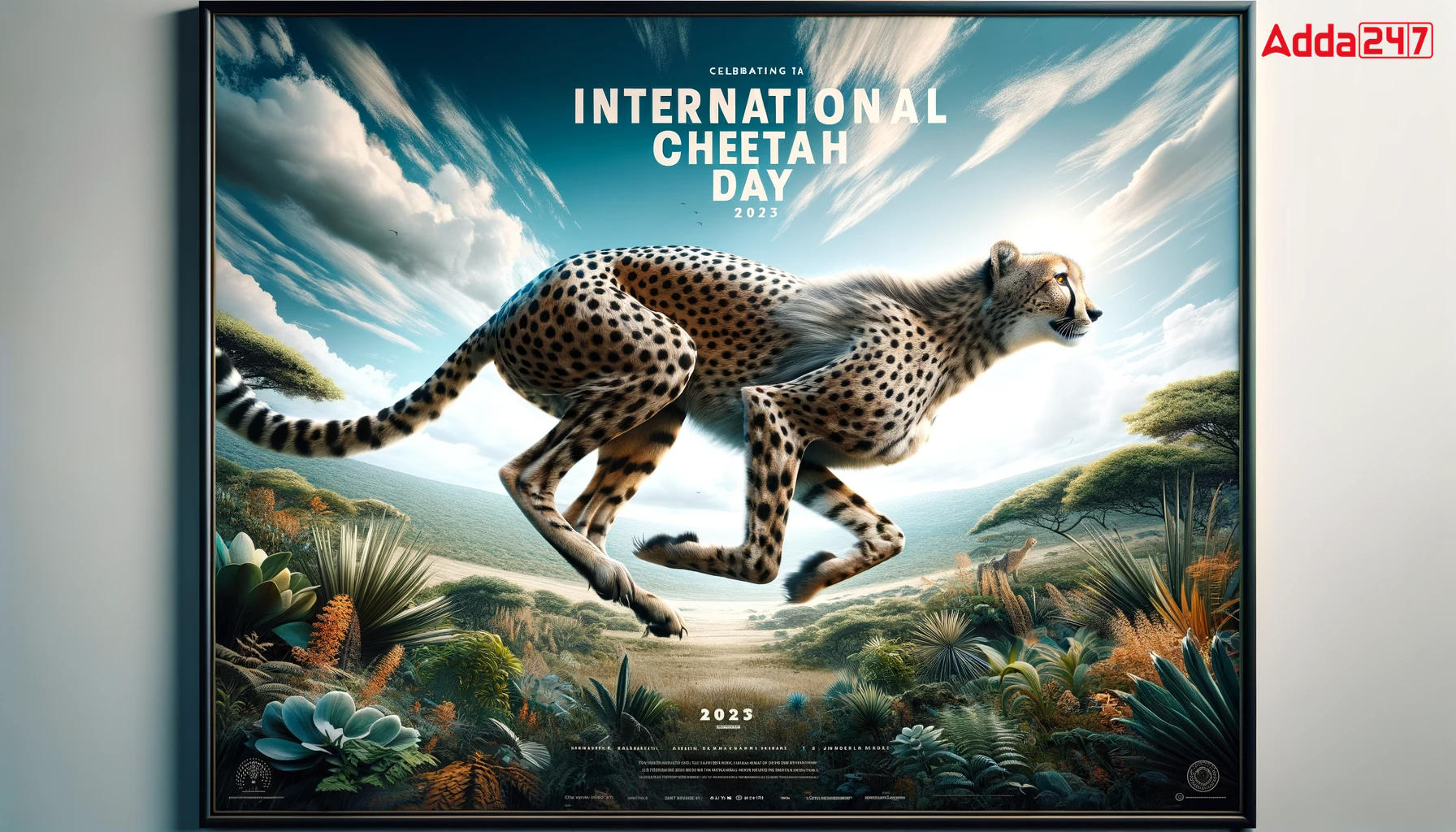International Cheetah Day, observed annually on December 4, is a global initiative to raise awareness about the conservation of cheetahs, renowned as the fastest land animals on Earth. The significance of this date lies in the birthday of Khayam, a cheetah raised by Dr. Laurie Marker, marking the beginning of a journey towards cheetah conservation.
As International Cheetah Day 2023 approaches, it serves as a poignant reminder of the urgency to protect cheetahs and their habitats. The global community’s collective efforts on this day contribute to a brighter future for these magnificent animals, ensuring they continue to grace our planet as the epitome of speed and grace.
History of International Cheetah Day:
Established in 2010 by Dr. Laurie Marker, International Cheetah Day finds its roots in the memory of Khayam, a cheetah cub nurtured by Marker at Wildlife Safari in Oregon. In 1977, during a research project in Namibia, Marker witnessed the peril faced by cheetahs due to farmer conflicts. This experience prompted her to dedicate her life to cheetah conservation. December 4, Khayam’s birthday, was chosen as the day to globally celebrate the fastest land mammal.
The Significance of International Cheetah Day:
This global event serves as a vital platform to draw attention to the challenges cheetahs confront worldwide. Factors such as habitat loss, human-wildlife conflict, poaching, and illegal wildlife trafficking have led to a rapid decline in cheetah populations. International Cheetah Day emphasizes the urgent need to protect these majestic creatures and preserve their habitats.
Dr. Laurie Marker’s Mission:
Dr. Laurie Marker’s dedication to cheetah conservation is highlighted by the establishment of the Cheetah Conservation Fund (CCF) in 1990. Moving to Namibia, she aimed to address the farmer-cheetah conflict and champion the cause of cheetah preservation. December 4 became a symbolic day for the world to unite in celebrating and safeguarding the fastest land mammal.
Educational Initiatives on International Cheetah Day:
On this day, organizations, wildlife enthusiasts, and researchers come together to educate the public about the challenges faced by cheetahs and the necessary measures for their survival. Through various activities and awareness programs, the global community aims to inspire action in the protection and conservation of these remarkable creatures.
Important Questions Related to Exams
Q1: What is International Cheetah Day, and why is it celebrated on December 4?
Sol. International Cheetah Day is an annual global event celebrated on December 4 to raise awareness about the conservation of cheetahs. This date holds significance as it marks the birthday of Khayam, a cheetah raised by Dr. Laurie Marker, inspiring the establishment of this day in honor of the world’s fastest land mammal.
Q2: Who initiated International Cheetah Day, and when was it established?
Sol. International Cheetah Day was established by Dr. Laurie Marker in 2010. Dr. Marker, recognizing the need for cheetah conservation, chose December 4 as a day to globally celebrate and protect these remarkable creatures.
Q3: What is the history behind International Cheetah Day?
Sol. The day’s history is rooted in Dr. Laurie Marker’s experiences with Khayam, a cheetah cub she raised in Oregon. In 1977, during a research project in Namibia, Dr. Marker witnessed the challenges cheetahs faced due to conflicts with farmers. This prompted her to dedicate her life to cheetah conservation, culminating in the establishment of International Cheetah Day.
Q4: Why was Khayam chosen as the symbol for International Cheetah Day?
Sol. Khayam, the cheetah raised by Dr. Laurie Marker, played a pivotal role in the initial research project on re-wilding. Dr. Marker’s experiences with Khayam in Namibia underscored the threats cheetahs faced, leading to the establishment of International Cheetah Day on Khayam’s birthday.



 Indian Olympic Medal Winners List Till N...
Indian Olympic Medal Winners List Till N...
 Who is the Inventor of the Gramophone?
Who is the Inventor of the Gramophone?
 HS Dhaliwal Appointed New DGP Of Andaman...
HS Dhaliwal Appointed New DGP Of Andaman...
